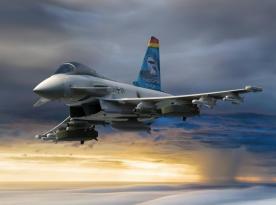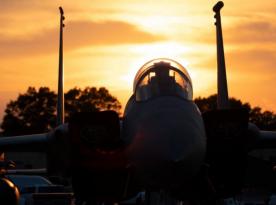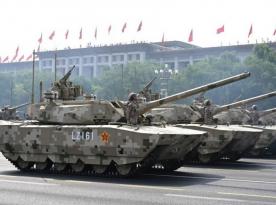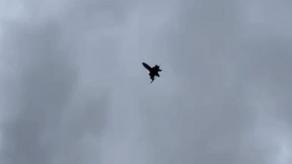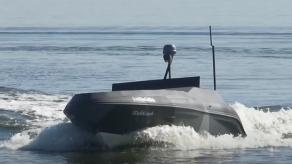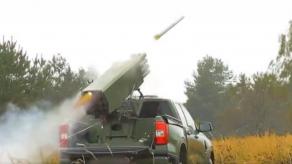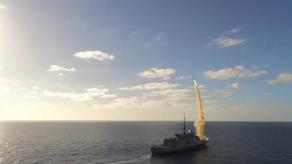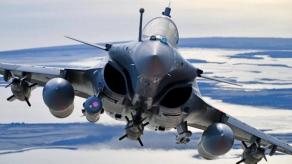Following Colombia’s decision to acquire new Gripen E/F jets, Saab is negotiating a potential deal with Thailand. The company expects both contracts to be finalized by the end of 2025, Saab CEO Micael Johansson said in an interview with Flight Global and revealed some important details of the arrangements.
In particular, Colombia’s deal is supported by Swedish government-backed loans, allowing the country to finance its purchase over time — effectively buying on credit. The package includes 16 aircraft worth an estimated $3.65 billion, revealing a shocking cost of $228 million per jet.
Read more: Why iran and India Wanted Yugoslavia's M-84 Tanks Over Soviet T-72s Yet Couldn't Acquire Them
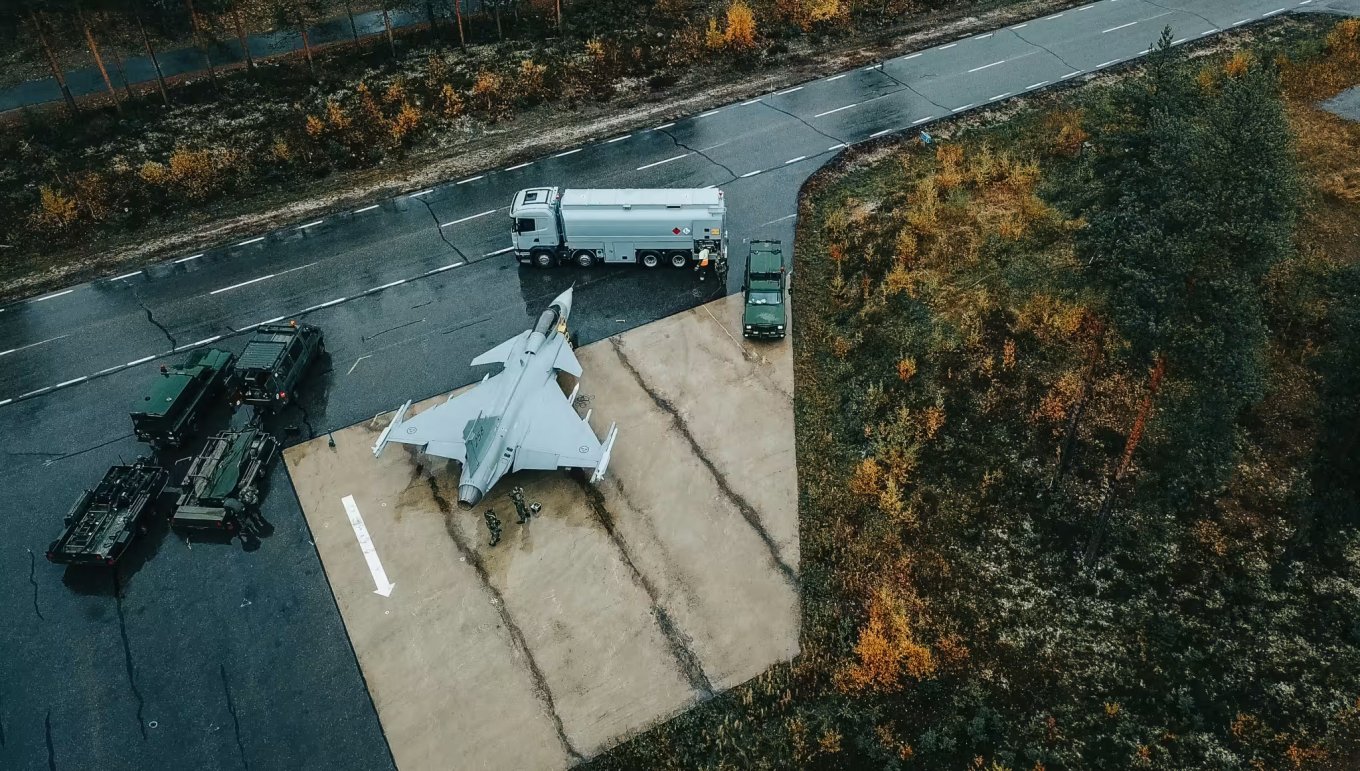
For a reminder, Colombia formally announced its intent to procure the Gripen E/F on April 3, 2025, after years-long negotiations starting in 2011. Despite U.S. threats to veto the use of American-made components, particularly the General Electric F414G engine, Bogotá went through with the plans.
As for Thailand, Bangkok selected the Gripen E/F as a replacement for its aging fleet of around 30 F-16A/B fighters, many of which have been in service since the 1980s.
Thailand’s acquisition plan is structured in two stages. Four Gripen E/F jets would be delivered in the first batch by 2029, with an initial budget of $560 million. The remaining aircraft would follow by 2034. The Royal Thai Air Force already operates 11 older Gripen C/D fighters, acquired in 2008, which may help streamline integration and training.

Saab also sees strong prospects in Peru, where negotiations are ongoing for a potential order of 12 Gripen E/F jets, although Peru’s defense ministry had initially sought 24 new fighters for $3.5 billion — implying a target price of around $146 million per jet, which is significantly lower than recent Gripen export estimates. Peru is also considering the F-16V Block 70 from Lockheed Martin and the Rafale F4 from Dassault as alternatives.
These developments come as Saab seeks to regain momentum in a market it once struggled to crack. Until the Colombian announcement, Gripen had not secured any new export contracts since Brazil’s landmark order in 2014, which involved 36 jets with local production involvement.

Thus, according to Johansson, Saab’s current confirmed orders include:
- 36 Gripen E/F for Brazil
- 60 Gripen E (single-seat) for Sweden
Thailand, Colombia, and possibly Peru may soon join the list of Gripen E/F operators — marking a historic comeback for Saab’s fighter program.
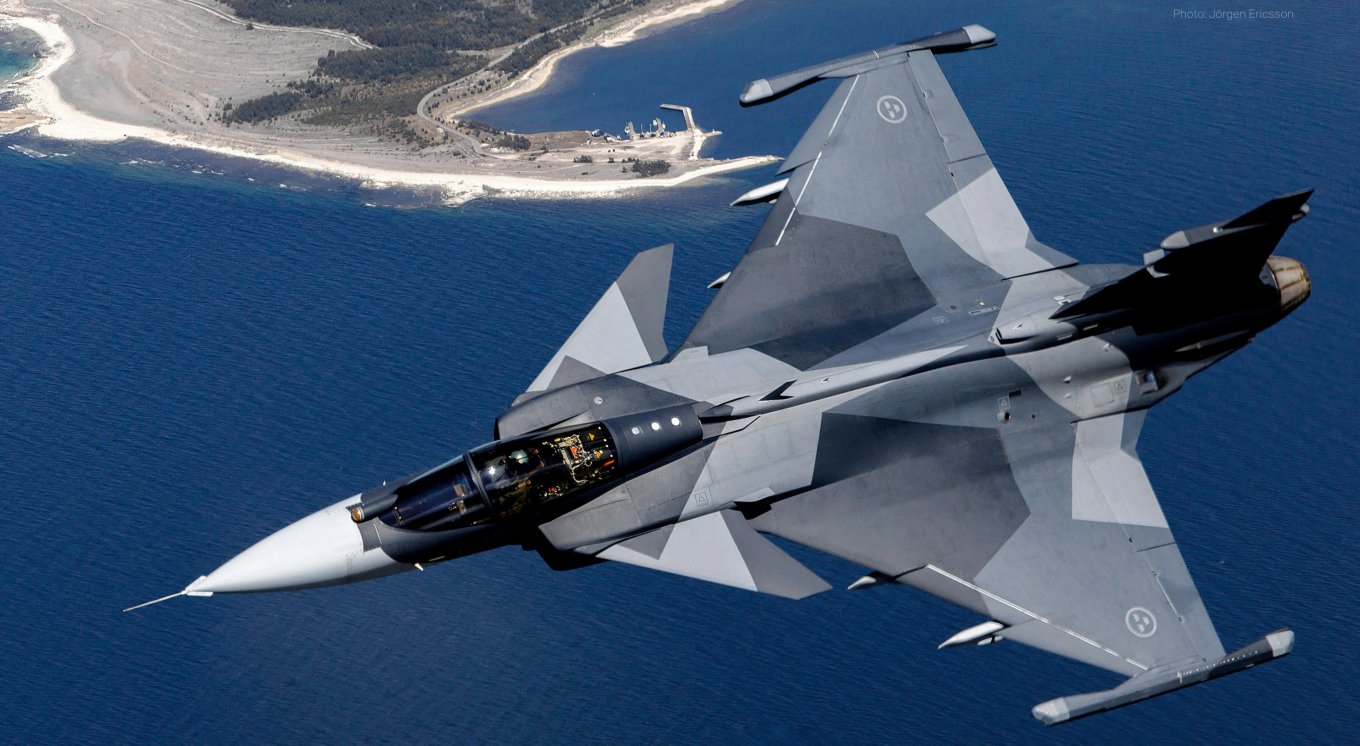
In addition to the deals with Colombia and Thailand, Saab is also exploring new opportunities. Talks with Portugal are underway, where the uncertain political stance of the United States has slowed decisions regarding a planned F-35 purchase. For the same reason, in Canada, discussions about halting the F-35 program after the first 16 aircraft were acquired have revived interest in alternative platforms like the Gripen.
However, both cases face a common challenge: the Gripen E/F still heavily relies on the U.S.-made F414G engine and other components, meaning any future deliveries remain vulnerable to American export regulations under ITAR (International Traffic in Arms Regulations), which require an American approval to build these jets for export.
Read more: Norway Enters a "New Era" of Armed Forces: JSM Missiles to Strike Ships and Key Targets Without Allied Support





